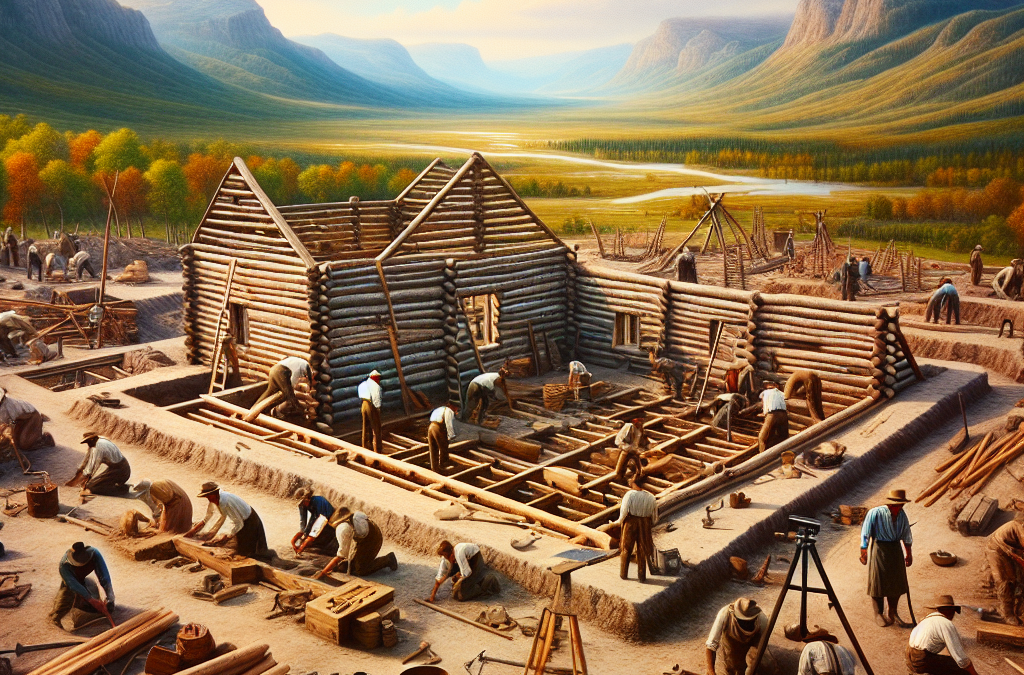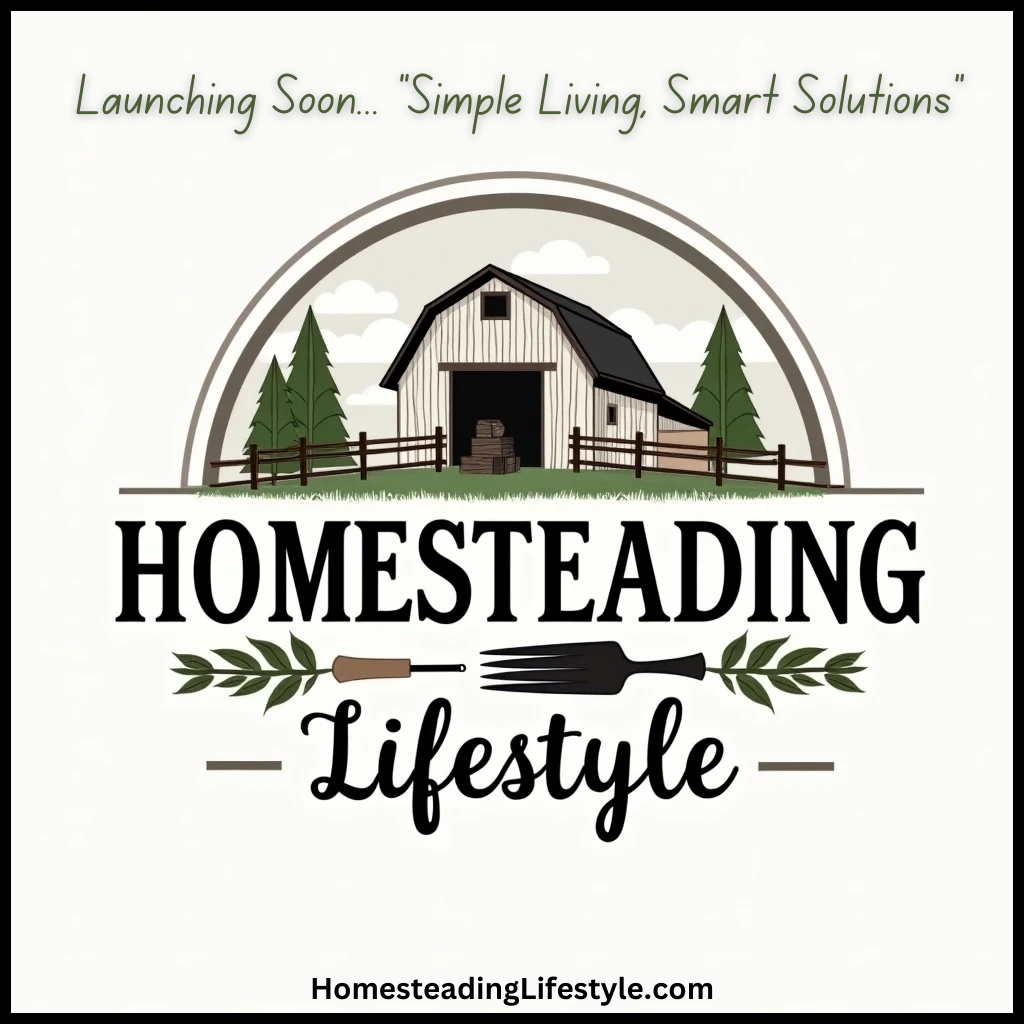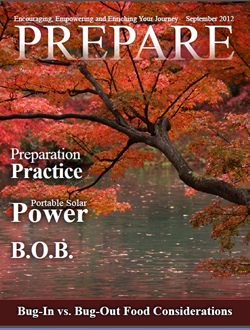Choosing the Right Location
Understanding Your Needs
When I began my journey into homesteading, choosing the right location felt like one of the most crucial steps. Your needs will vary based on what you plan to grow or raise. Are you looking to cultivate a vast vegetable garden or raise livestock? It’s super important to have a clear idea of your priorities before scouting locations.
Furthermore, consider the climate. Some areas are ideal for growing certain crops, while others might not yield much at all. For instance, I learned the hard way that not every vegetable likes the chill of early spring! Knowing your growing zones can save you time and money in the long run.
Finally, don’t overlook accessibility. Is the land easily reachable? Are there nearby resources like water and firewood? Trust me when I say that having easy access to essentials will save you a ton of hassle later on.
Evaluating Water Sources
Water is the lifeblood of any homestead. When making your choice, it’s vital to evaluate existing water sources on the property. Do you have a stream, pond, or a reliable well? A close-placed water source can make all the difference when you have a few acres to tend to.
Additionally, think about how you’ll manage irrigation for your plants. I remember my first summer wrestling with a hose every day—ugh! Having a solid irrigation plan in place from the get-go can save you tons of headaches. It’s all about getting smart with your water resources.
Lastly, consider water quality. Just because a property has water doesn’t mean it’s safe to use! I suggest having water tested, especially if you plan to drink it or water your crops. Better safe than sorry!
Assessing Soil Quality
The very ground you plan to cultivate needs to be top-notch. Soil quality can make or break your crops. When I started, I didn’t realize how important healthy, nutrient-rich soil was. I recommend performing a soil test to check pH levels and nutrient content.
Don’t just assume all soil is created equal. Some areas might be rocky or sandy, which can really limit what you can grow. It’s worth the time to research and maybe even get some help from local agricultural resources.
Once you’ve assessed your soil quality, you might need to invest in amending it to suit your needs. This could mean adding compost or other organic materials. Creating a thriving environment for your plants may take some work but will pay off in spades later!
Planning Your Homestead Layout
Zoning Your Space
After you’ve picked out the perfect spot, zoning your property is essential for efficiency. I wasted too much time running around back and forth because I didn’t plan it out well! When designing the layout, think about where you’ll put your vegetable garden, animal shelters, and maybe even a workshop.
Create designated areas for each type of activity, which can make day-to-day tasks smoother. A good suggestion I learned is to put the vegetable garden near the house for easy access. Who wants to trek across a field when it’s time to harvest?
Another thing to remember is to orient your space for sunlight. For example, if you want your garden to thrive, make sure it gets ample sunlight throughout the day. It’s all about setting up your homestead so everything works harmoniously!
Designing Sensible Pathways
Once you have your zones, the next step is figuring out pathways. I can’t stress enough how having clearly defined paths made tasks so much easier for me! It helps in moving between different areas without having to deal with the mud or thorny bushes.
These pathways should be practical and easy to navigate. I also recommend considering getting some gravel or wood chips to keep things tidy and manageable, especially during rainy seasons!
Lastly, remember that pathways can also be a beautiful design element. You can incorporate flowers or other decorative plants along the edges. It’s all about balancing function with beauty, creating a homestead that not only works well but also feels great.
Incorporating Shelter and Utilities
Don’t forget that you’ll need to provide proper shelter for both yourself and your animals! I put a lot of thought into where to place my home versus animal enclosures. Ideally, they should be close but distinct enough to maintain peace.
Utilities are another important consideration. Where will you connect to electricity or water? Depending on where you are, it may be challenging to run utilities to your homestead. I learned that having a backup power solution, like solar, can really save your day!
All in all, the design involves thinking about comfort, practicality, and sustainability. The goal is to create a homestead where you and your livestock feel secure and productive!
Building Sustainable Systems
Creating a Composting System
Getting into composting can feel like a labor of love, but believe me, it’s worth it! I started small, just using kitchen scraps to create nutrient-rich compost. It’s an easy way to recycle and feed your garden. Essentially, it’s like giving your plants a superfood boost!
Start by choosing a designated spot and building your compost pile or bin—a simple wooden structure works wonders! Just layer your greens (like vegetable peels) with browns (think dry leaves) and let nature do its thing.
Composting not only enhances your soil but also reduces waste. It’s about fostering a cycle of nourishment—something I absolutely love about homesteading!
Planting Diverse Crops
I quickly learned that having a diverse garden isn’t just pretty; it’s also smarter! Planting a variety of crops helps maintain soil health and can deter pests. I like to mix it up with herbs, veggies, and even some attractive flowers! It keeps my garden vibrant and engaging.
Another trick I picked up was crop rotation. It diversifies what’s planted in a specific area each season, so I maximize the space and reduce disease risk. By keeping the soil active, I notice a stark difference in yield.
Moreover, don’t forget to consider companion planting. For example, planting marigolds near veggies can keep those pesky bugs away. It’s like an organic pest control tactic—a win-win!
Implementing Water Conservation Techniques
Water conservation techniques can be a game-changer. With growing concerns about water availability, I dove into rainwater harvesting. Setting up barrels to collect rainwater has allowed me to use it for my garden effectively and sustainably.
In addition, consider installing drip irrigation. It’s an efficient way to ensure plants get the water they need without being wasteful. I found that this method works wonders, especially during those scorching summer months.
Ultimately, being conscious of how you use water can lead to more resilient crops. It’s about finding harmony with nature, and trust me, the effort is worth the reward!
Establishing a Community Connection
Finding Locals and Networks
Establishing a community around your homesteading journey can be one of the best decisions you make. I’ve met some amazing folks who have become invaluable resources. Whether it’s through local farmers’ markets, social media groups, or community gardens, connecting with others can provide mentorship and friendship!
Ask questions and share experiences—every homesteader has a wealth of knowledge to offer. Don’t hesitate to tap into those resources. It’s also a great way to learn about local crops and best practices unique to your area.
Participating in community events can also help build a great support system. Whether it’s a potluck or a workshop, I’ve found these gatherings to be beneficial in fostering relationships and exchanging valuable tips.
Engaging in Local Farming Initiatives
Get involved with local farming initiatives or co-ops. I joined a few, and they were instrumental in accessing organic seeds or equipment swaps. You’ll not only save money but also meet like-minded individuals who share your passion.
Additionally, many communities host workshops or events focused on sustainable practices. Participating in these can deepen your skills, making you more effective as a homesteader. It’s both an educational and enjoyable way to connect!
Sharing your journey and accomplishments with fellow homesteaders can inspire others, too. It’s this beautiful cycle of learning and teaching that helps us all grow stronger together.
Giving Back to the Community
Finally, consider ways to give back to your community. Perhaps it’s donating some of your fresh produce or volunteering at local farms and shelters. Engaging in outreach can foster a sense of connection and purpose—something I always cherish.
Creating a thriving homestead is about more than the land itself; it’s about the community you build around it. Hosting workshops or garden tours can also be a fantastic way to inspire others while sharing your knowledge and experiences.
In the end, the more we uplift each other, the stronger our community becomes. And that’s the real win in this homesteading journey!
Conclusion
Building a homestead from scratch can feel overwhelming at first, but take it one step at a time. Choosing the right location, planning your layout, building sustainable systems, and connecting with the community are all key aspects of this rewarding lifestyle. Over time, you’ll find your rhythm, discover what works, and have an amazing place to call home.
Frequently Asked Questions (FAQ)
1. What are the first steps to start a homestead?
Begin by choosing a suitable location for your homestead based on your needs, understanding water sources, and assessing soil quality. Planning a layout and developing a vision can also lay a strong foundation!
2. How do I ensure I have enough water for my homestead?
Evaluate existing water sources on your property, consider rainwater harvesting, and plan for efficient irrigation methods like drip systems. Always prioritize conservation methods.
3. What crops should I plant as a beginner homesteader?
Start with easy-to-grow vegetables like tomatoes, lettuce, and radishes. Also, incorporating herbs like basil can be rewarding and beneficial for companion planting!
4. Can I get help when starting my homestead?
Absolutely! Connecting with local homesteaders, participating in farming initiatives, and attending workshops can provide incredible resources and support as you start your journey.
5. How can I make my homestead more sustainable?
Focus on composting, diversifying your crops, implementing water conservation practices, and utilizing renewable energy sources. Sustainability is about creating a symbiotic relationship with nature.





